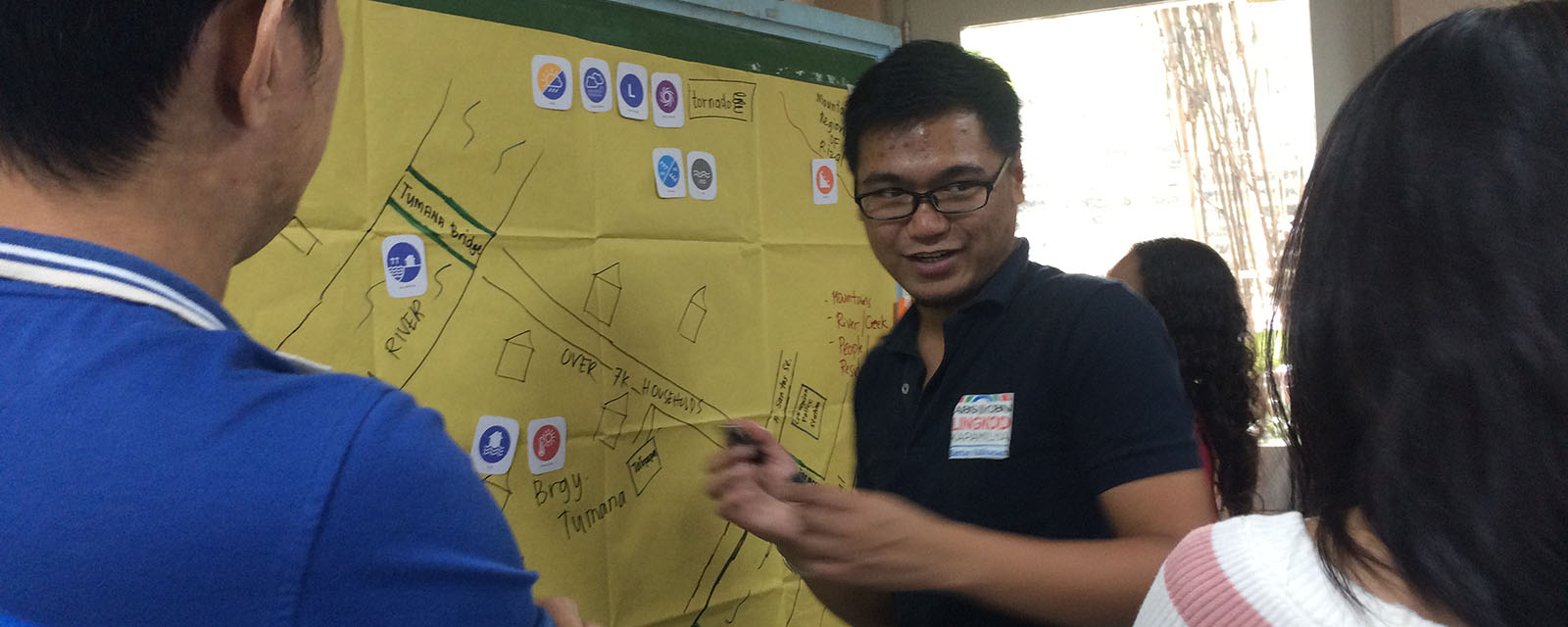As students transition to distance learning this school year 2020-2021, parents need to observe their children closely and teach them good eye care practices that will protect their vision from digital eyestrain and other potential eye problems.
According to Asian Eye Institute pediatric ophthalmologist and adult strabismus specialist and ocular geneticist Dr. Michelle Lingao, “spending a lot of time looking at computer or gadget screens can be tough on children’s eyes, and the most common eye problem they experience is digital eyestrain or computer vision syndrome.”
“The eyes need to work harder because of the different colors, brightness and reflection on the screen. Kids may be at an increased risk if they have nearsightedness, farsightedness and/or astigmatism that is undiagnosed and uncorrected. Other factors that can lead to strain are poor lighting, glare, poor seating posture and improper viewing distances,” Lingao says.
Digital Eyestrain
Digital eyestrain can cause symptoms like blurry vision, double vision, burning sensation in the eyes, eye redness and excessive tearing.
“Excessive tearing (overproduction of tears) is the eyes’ protective mechanism. When we focus on a screen for an extended time, we tend to blink less fully and frequently. So our eyes don’t have the lubrication or moisture it needs,” Lingao explains.
20-20-20 rule
“Normally, we urge parents to limit the time and supervise their kids while on their gadgets,” Lingao notes. “But because of distance learning, children will naturally be more exposed to longer screen time.
To protect your children’s eyes, it’s best to adjust the brightness or contrast of the monitor, provide proper lighting to avoid glare, increase the screen’s font size and make sure the top of the monitor is level with the child’s eyes and is placed 18 inches to 24 inches away from the eyes.
“Parents should remind their children to blink more often and teach them the 20-20- 20 rule—they have to rest their eyes every 20 minutes by looking 20 feet away for 20 seconds. They may also close their eyes. On days they don’t have classes, encourage them to bond with the family, engage in art projects or read an actual book. You can even pre-mark their books to remind them when to take a break,” she adds.
Before Classes Start
It is important to schedule a comprehensive eye exam before classes start.
Lingao explains: “Some would think their children are just lazy or have no interest in school, but their reaction could be because their vision is blurry. And often, they don’t complain because they think what they see is normal.”
Series of Tests
A comprehensive eye exam involves a series of tests to measure the eye grade, check the front and back parts of the eye and test how the eyes focus, move and work together. This allows the doctor to detect eye problems at the earliest stage, when they’re most treatable, and to ensure that if they do have eye grade, their eyeglasses or contact lenses prescription is up to date.
Schedule your child’s comprehensive eye exam with a pediatric ophthalmologist at Asian Eye Institute. To book an appointment, call 8-898-2020 or email This email address is being protected from spambots. You need JavaScript enabled to view it.

















